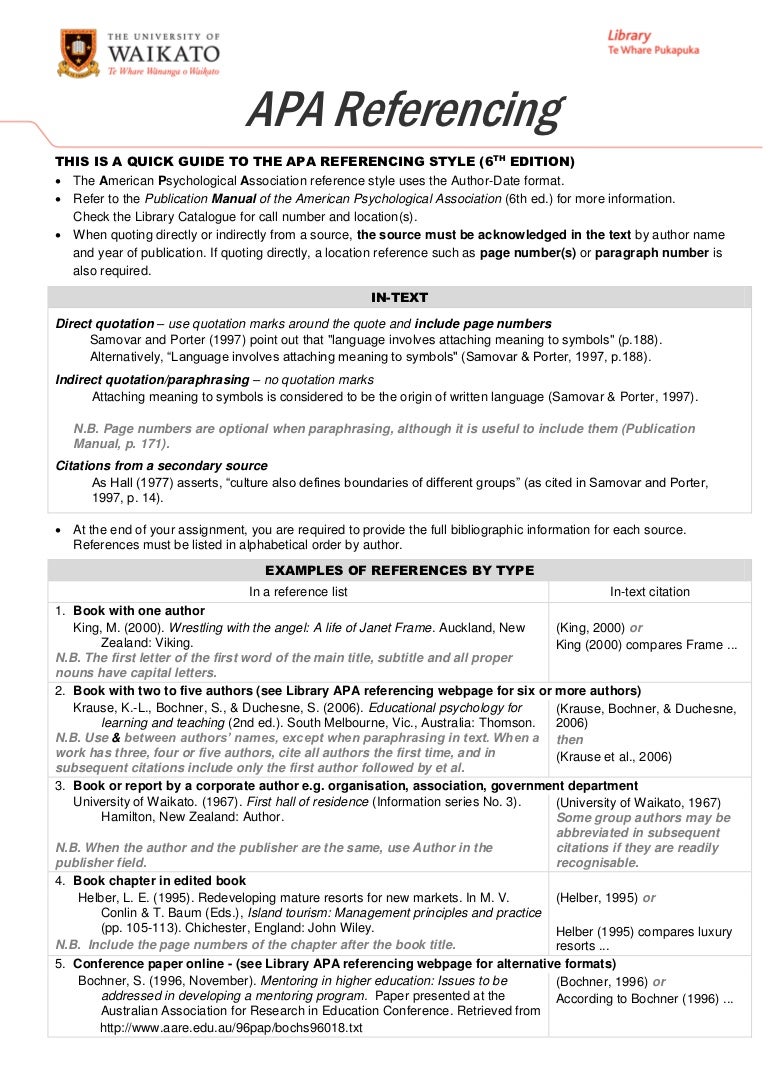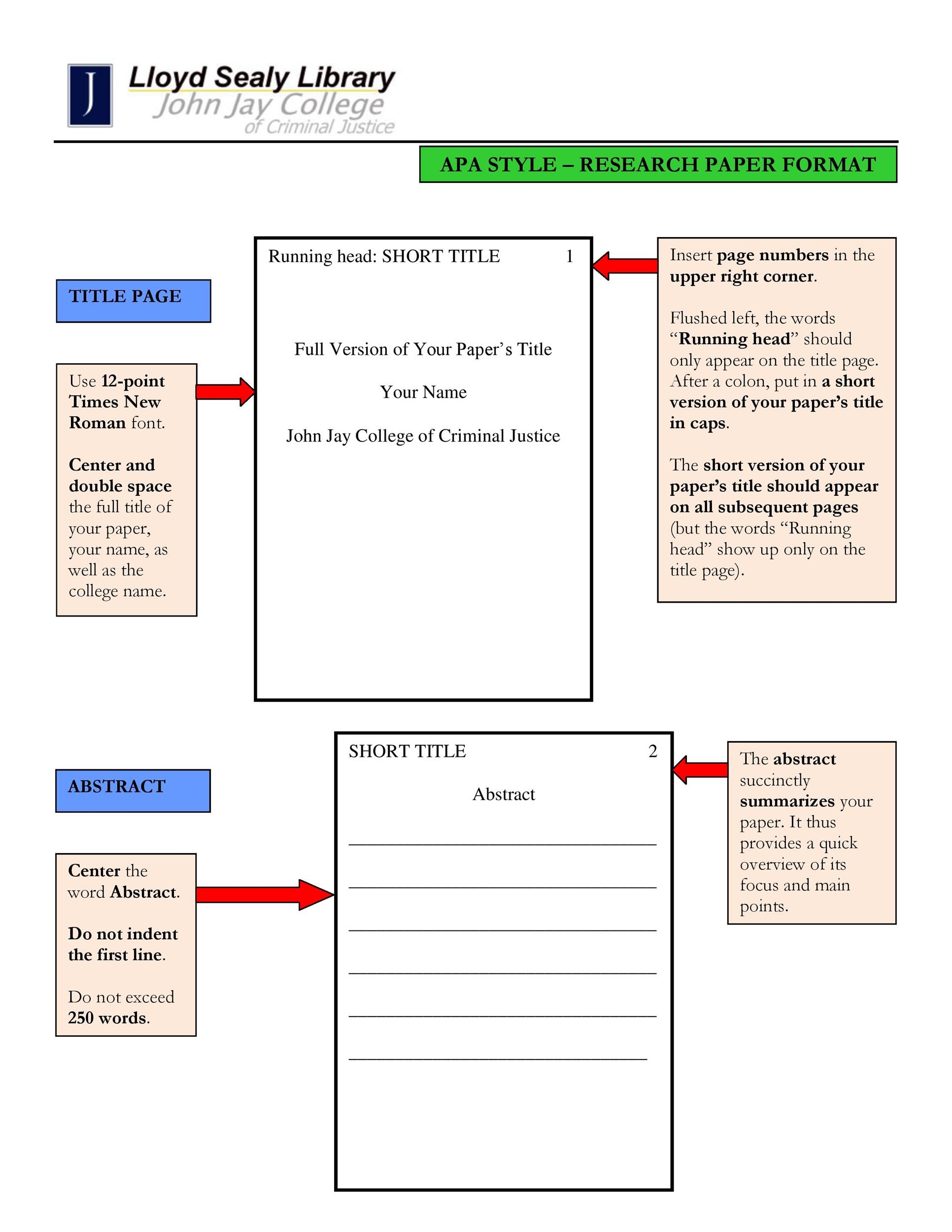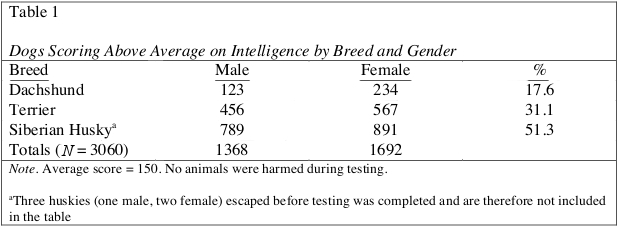

- #AP STYLE PERCENTAGES HOW TO#
- #AP STYLE PERCENTAGES MOVIE#
- #AP STYLE PERCENTAGES FULL#
- #AP STYLE PERCENTAGES PROFESSIONAL#
- #AP STYLE PERCENTAGES SERIES#
However, if the sentence starts with a large number, consider rewriting it.

But let AP warn you: “Like other profanity, it should be avoided unless there is a compelling reason.” Well, I find this really compelling, damn it. And if you’re adding god into the mix, keep it lowercase, please ( goddamn). You don’t often get to say this about swears: Damn it is proper. Put quotation marks around composition titles (who knew, right?) except for the Bible and books that are catalogs or reference materials.Capitalize an article ( the, a, an) or words of fewer than four letters if it’s the first or last word in a title.Capitalize the main words, including prepositions and conjunctions of four or more letters (for example, after).
#AP STYLE PERCENTAGES HOW TO#
OK, here’s the lowdown on how to capitalize them:
#AP STYLE PERCENTAGES MOVIE#
What are composition titles? They’re book titles, computer game titles (but not software titles, for some reason), movie titles, opera titles, play titles, poem titles, song titles, television program titles, and the titles of lectures, speeches and works of art. This one is also about capitalization, but it’s my favorite so it warrants its own entry here.
#AP STYLE PERCENTAGES SERIES#
However, in a complex series of phrases, a comma may be needed: The main points of the blog post are to introduce AP style, teach independent school marketers the basic rules, and help writers apply these rules to their work. This is mine: Use commas to separate elements in a series, but do not put a comma before the conjunction in a simple series: The flag is red, white and blue. You know you’re a nerd when you have a favorite style rule. But if you’re talking about a region ( she’s from the Midwest it’s a Southern college), capitalize.
#AP STYLE PERCENTAGES FULL#
#AP STYLE PERCENTAGES PROFESSIONAL#
Now I know grammar rules are made to broken online (somewhat, people), but sticking to some basic style guidelines and editing rules will make your content more professional and polished.


And while rules have definitely changed since I memorized AP style (the “new Internet guide and glossary” section in my copy is pretty hilarious), the basics of clear writing and reporting still hold true. No Stylebooks allowed just pure memorization.īecause of that (and other ruthless editing and reporting courses), I’m still pretty darn confident in my AP style knowledge – nearly 20 years later (eek). The Stylebook is divided into chapters alphabetically, and each week, we had to memorize an entire chapter of style rules. Writers, editors, students, and public relations specialists find it invaluable. It required research skills, and grammar rules, and interview techniques.įor those of you unfamiliar with the Associated Press Stylebook, it’s the “journalist’s bible.” It’s a reference book that defines rules on grammar, spelling, punctuation, and usages. Writing, reporting, storytelling for a public audience required as much technical savvy as it did creative drive. As a journalism major, I quickly learned that there was more to professional writing than loving the craft.


 0 kommentar(er)
0 kommentar(er)
